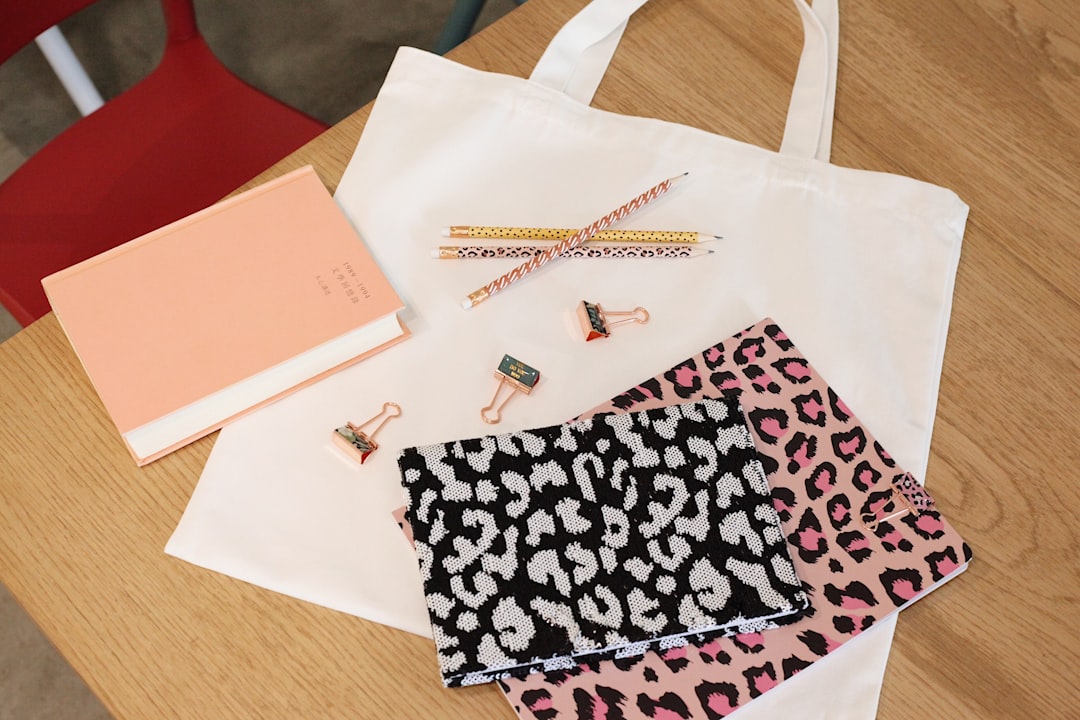Table of Contents
In the ever-evolving landscape of education, the integration of technology in arts and humanities subjects has opened a new frontier for pedagogy and presentation. As educators and students strive for effective communication and engagement, understanding presentation hacks can uplift the learning experience and outcomes. These hacks are not just about aesthetics; they are rooted in cognitive psychology and educational theory, influencing how audiences retain and interact with the material presented.
The Humanities, encompassing subjects like literature, philosophy, and history, thrive on narratives and complex discussions. Therefore, the art of presenting these subjects requires a thoughtful blend of visual and verbal elements that can transform abstract concepts into relatable stories. Whether you're a seasoned academic or a high school teacher, harnessing the power of presentation can make a significant difference in how your content is received.
In the realm of the Arts, the interplay between visuals, storytelling, and personal expression is natural. However, adapting these elements effectively in a presentation requires insightful techniques. From leveraging compelling imagery to crafting narratives around artworks or musical compositions, the potential to enchant and educate an audience with a well-conceived presentation is immense. Connecting with viewers on an emotional level, through the strategic use of color, typography, and space, can leave a lasting impact.
Educational Revelation through Presentation Hacks
Presentation hacks are designed to not only enhance visual appeal but also to optimize the process of knowledge transfer. They rely on various principles such as:
-
Cognitive Load Theory: This suggests that learning is more effective when information is presented in a way that reduces unnecessary cognitive load. In practice, this means avoiding cluttered slides and focusing on one idea at a time.
-
Dual Coding Theory: It posits that people understand and remember information better when it's presented both verbally and visually. So, incorporating images, infographics, or videos alongside spoken or written text can improve comprehension.
-
The Storytelling Concept: Stories can humanize data and theory, making them more memorable and impactful. Structuring your presentation like a story, with a clear beginning, middle, and end, can guide the audience through complex subjects smoothly.
By applying these educational presentation hacks, presenters in the fields of Arts and Humanities can create more captivating and instructive sessions that resonate with their audience. Implementing such strategies not only benefits the students but also elevates the instructor's teaching methodology.
Transformative Digital Tools for Impactful Presentations
With the presence of innovative digital tools, crafting engaging presentations has become more accessible. Software and platforms that facilitate interactive slides, multimedia integration, and collaborative feedback are redefining the standard of classroom presentations. Notably, educators can take advantage of TED Talks as a source of inspiration for delivery and design, while resources like the Harvard Business Review provide valuable tips on the mechanics of effective presentations. For those seeking to merge educational theory with practice, Edutopia offers a wealth of insights on integrating arts into the curriculum for improved student development.
Technology also plays a pivotal role in fostering an interactive environment. Audience response systems, live polling, and Q&A sessions facilitated through digital platforms encourage participant involvement, helping to clarify concepts in real-time and making lectures more interactive. These tools can be especially useful in subjects like humanities where discussion and debate form a core part of the learning process.
Maximizing Engagement in Classroom Presentations
Maximizing engagement goes beyond just the visual aspect; it involves strategies that keep the audience invested in the material throughout the presentation. Here are some effective ways to achieve this:
-
Interactive Elements: Consider incorporating quizzes, live debates, or group discussions into your presentations. These elements can break the monotony and stimulate critical thinking.
-
Purposeful Participation: Prompt students to engage by asking thought-provoking questions or by inviting them to share their interpretations of a particular piece of art or literature.
-
Emotional Connection: Harness the power of emotional engagement by sharing personal stories or using examples that the audience can relate to on an emotional level.
By implementing these strategies, educators can ensure that their presentations are not only informative but also inspiring and thought-provoking.
Conclusion
In conclusion, the integration of technology and innovative presentation hacks into arts and humanities education heralds a new era in academic instruction. Educators who master the art of presentation, empowered by digital tools and engagement strategies, will not only enhance the learning experience for their students but will also leave a lasting imprint on the education landscape. As we continue to explore the intersection of arts, humanities, and presentation hacks, let's not forget the potential these tools hold in revolutionizing the way we communicate complex ideas and inspire future generations.
Discover more about fostering educational innovation by exploring the array of features offered at College Tools, crafted to support educators and students in their academic journey.








